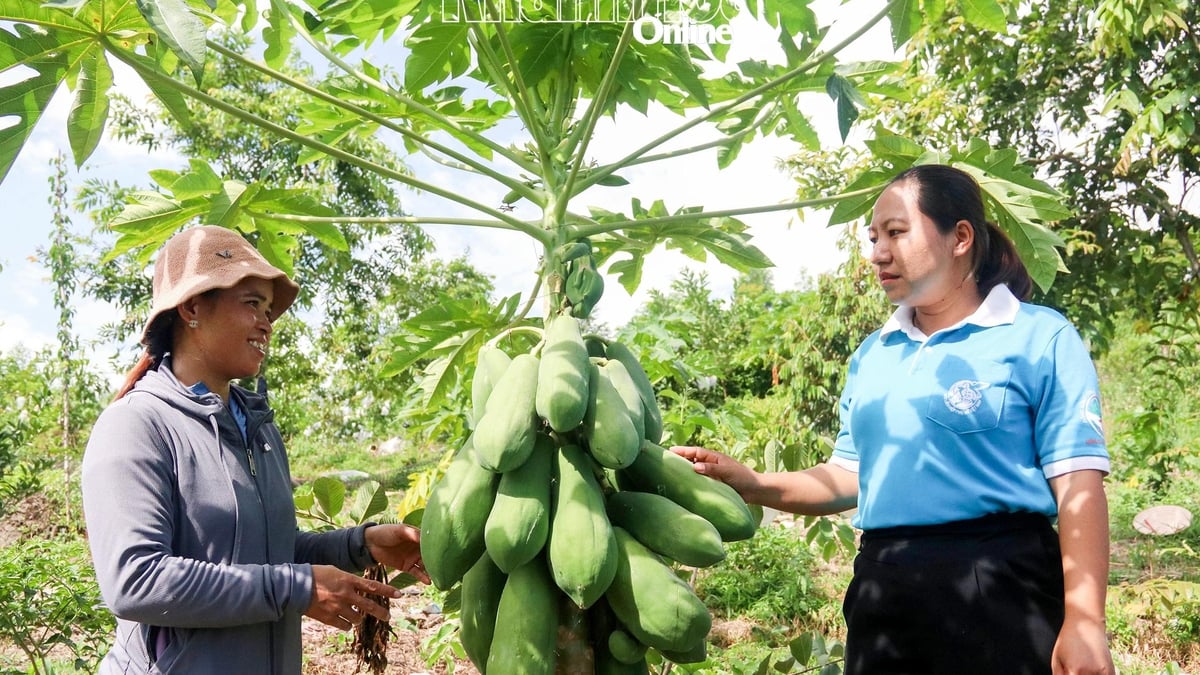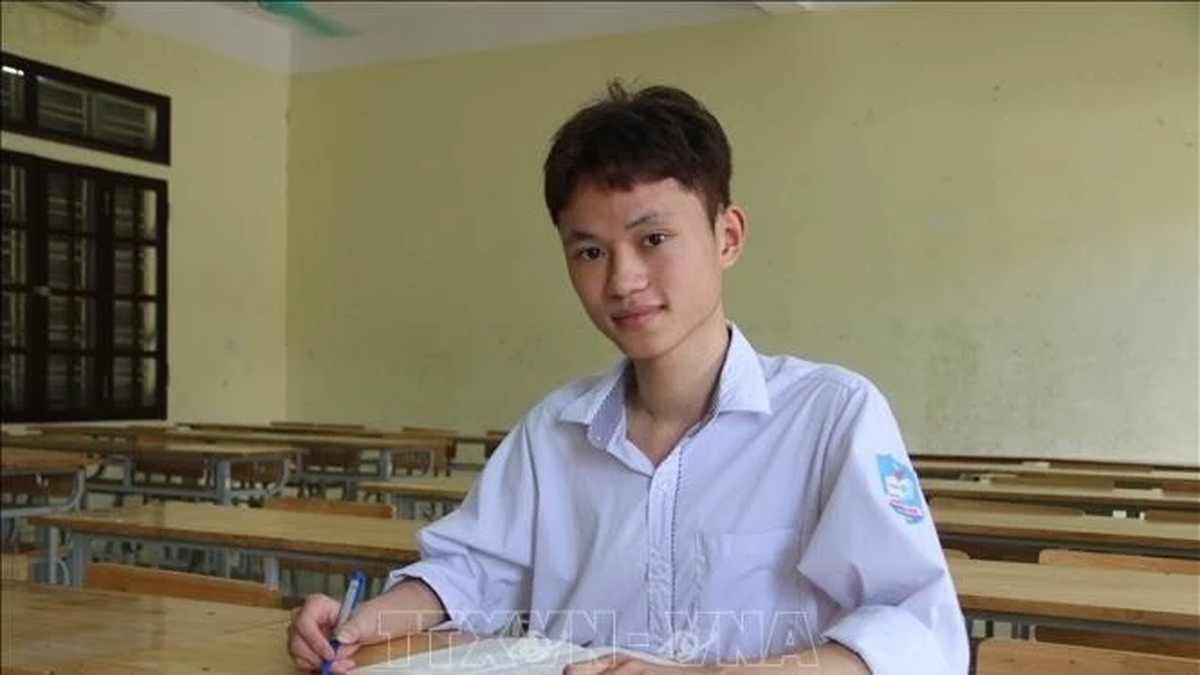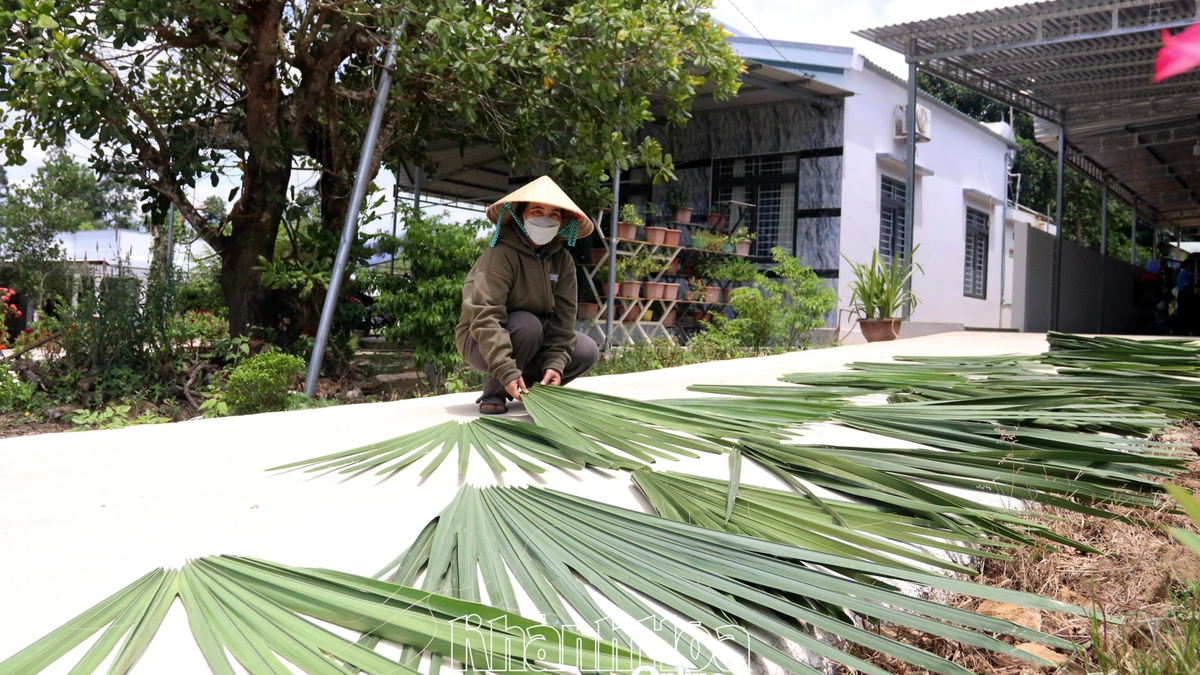Therefore, according to him, children are natural-born scientists . To be able to awaken and nurture that natural scientist into a child scientist, there are many different ways, one of which is to lead children into the world opened in the pages of science books made especially for them.
Reading science books: what do children get?
Science books, first of all, provide scientific knowledge, helping children increase their understanding in this field. From what they acquire, children will have a solid foundation to be able to absorb more complex scientific knowledge later. But it does not stop there, when reading science books compiled and designed specifically for children, which often pose simple but interesting questions, children will be stimulated with curiosity, giving rise to the desire to find answers in books and in reality. This is when children form their scientific thinking and "research" skills in the most natural way.
Reading science books is a process in which children are exposed to, familiarized with and learn about many concepts, thus helping them expand their vocabulary. This helps children express their thoughts and scientific understanding more easily and accurately. At the same time, their ability to read and understand scientific information texts is also improved and enhanced. In addition, not only does it nurture a love for scientific knowledge and arouse interest in exploring the world around them, science books for children are also a way for children to love reading in general, thereby forming a reading habit.
It can be seen that science books, which seem to be an academic world, dry and difficult for children to access, in fact have the ability to invite young readers, awaken the "natural scientist" inside each child and nurture children into "little scientists", training and forming important and useful skills and perceptions for them.
The amazing world of science in every page of the book
Along with purchasing copyrights, translating and publishing scientific publications for children from reputable foreign publishers, domestic book publishers also aim to organize the compilation and publication of scientific books by Vietnamese authors. Therefore, currently, on the market, scientific books for children are increasingly rich and diverse in both content and form.
Young readers of all ages can find science books with appropriate genres and topics. For example, preschoolers will have picture books with basic concepts such as colors, shapes, everyday objects, familiar natural phenomena, body parts, etc. (such as I thought it was different but similar by Heather Tekavec and illustrator Pippa Curnickz, I'm not a Bear! by Aaron Blabey, etc.). Older readers will have books that delve into specific scientific fields such as astronomy, biology, physics, chemistry, history, etc. (such as How did you get here? by Philip Bunting, the illustrated History of Vietnam series edited by Tran Bach Dang, etc.) or books about the lives and discoveries of famous scientists. Some scientific content that was long thought to be only for adults or professionals now has versions for children, such as Unstoppable Us - Unstoppable Us is a children's book version adapted from Sapiens - A Brief History of Humankind by Yuval Noah Harari, The Origin of Species by Charles Darwin narrated and illustrated by Sabina Radeva, Philosophy for Children - True and False Happiness by author Jana Mohr Lone... Some books also dedicate space to describe how scientists explore and research to help children have a basic idea of the path and ways to explore the world around them.
Children’s science books are not only an important and valuable source of knowledge, but also a wonderful companion for children on their journey to discover the world. In order for children to be able to go, go correctly, and go quickly on that journey, parents in particular and the community in general not only need to create the best conditions for children to access books, but also need to constantly accompany children with passion and patience. Read books with children, ask them “why” questions, and step into the wonderful world that children’s science books have just opened up…
To stimulate curiosity, arouse interest, and help children easily absorb scientific knowledge, science books often have an attractive presentation. Books have vivid illustrations, eye-catching colors, and creative designs, such as readers can interact with the book (flip-open books, books with sound), increase the size of the book, have questions to test children's memory and understanding of what they have read... The writing style of science books is simple, clear, simplifies and concretizes complex and specialized scientific terms and knowledge to suit children's comprehension ability. Some books also use humorous expressions (language and illustrations), both to increase the book's appeal and soften dry scientific knowledge, making reading more interesting for children. Horrible Science by Nick Arnold and illustrated by Tony De Saulles is one of the best examples of this type of science book for children.
In general, science books for children today can almost meet all the needs of children to learn science. This is truly a favorable condition for children to explore the fascinating world of science, practice many important and useful skills, and form the habit of reading. However, it is also necessary to see that, to discover and nurture "a little scientist" in each child through reading, the abundance of science books specifically for them is not a necessary and sufficient condition.
Accompanying children
There is a saying: It takes a village to raise a child. Nurturing a child who loves reading also requires the cooperation of the whole community, in which parents play the most important role. In the current context, when children are easily attracted to entertainment content on electronic devices, books in general and science books in particular "win" back young readers face many challenges. Parents will be the ones to help this journey to be started and maintained regularly, thereby helping reading become a habit for children in many different ways and methods.
One of the most important things to encourage children to read science books is to arouse their love for books. This can be done by making reading fun through activities such as: stimulating children's curiosity by asking questions before starting to read; talking to children about what they have read during and after reading; helping children connect books with reality and experience such as guiding children to do experiments, taking children to visit museums, science centers, parks, zoos, etc. Depending on the content of the book, actual conditions (psychology, health, interests, children's schedules, weather, work schedules, family finances, etc.), parents can choose and carry out one or more activities. Above all, parents must really spend a lot of time and dedication to research how to read books with children, patiently accompanying children. Once children can find joy in exploring the wonderful world of science through reading, they can embark on their own journey.
Source: https://baophuyen.vn/xa-hoi/202504/sach-khoa-hoc-cho-thieu-nhi-va-hanh-trinh-nuoi-duong-mot-nha-khoa-hoc-nhi-f0716be/




















































![[Maritime News] More than 80% of global container shipping capacity is in the hands of MSC and major shipping alliances](https://vphoto.vietnam.vn/thumb/402x226/vietnam/resource/IMAGE/2025/7/16/6b4d586c984b4cbf8c5680352b9eaeb0)













































Comment (0)